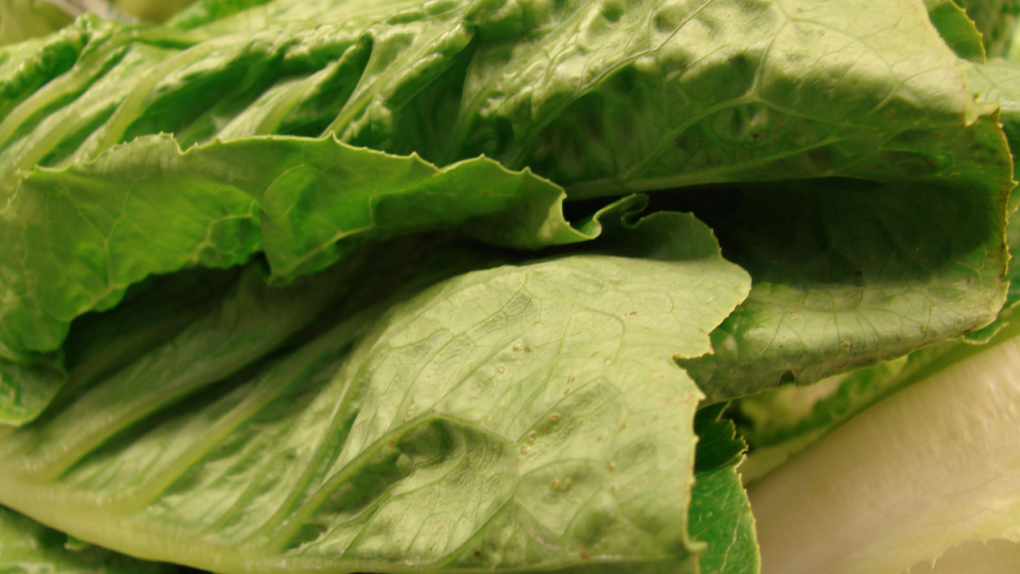A slow-growing E. coli outbreak linked to chopped romaine lettuce is continuing to grow, with a new update from the Centers for Disease Control and Prevention revealing that an additional 18 individuals are thought to have been hit with the bacteria. The CDC also revealed that the outbreak has spread to five new states, including Alaska, Arizona, California, Louisiana, and Montana, in addition to the previously-known states of Connecticut, Idaho, Illinois, Michigan, Missouri, New Jersey, New York, Ohio, Pennsylvania, Virginia, and Washington.
At present, a total of 53 people have been confirmed to have gotten E. coli from chopped romaine lettuce they bought in various grocery stores, with 31 of those individuals requiring hospitalization. Thankfully, thus far nobody has died from the outbreak, but the CDC isn’t taking any chances, and has some very specific advice for everyone.
The lettuce is believed to have been sourced to a growing area in Yuma, Arizona, and the CDC is using that information to advise customers to avoid any romaine lettuce grown in this region. If you have chopped lettuce in your home that you bought from a grocery store, the CDC recommends throwing it away, no matter the brand or store you bought it from. They say that even if you’ve eaten it and not gotten ill, you should still toss it in the trash.
Likewise, if you’re shopping for romaine lettuce in the grocery store you should confirm where it was grown, even going so far as to ask a store associate or manager to determine exactly where it was sourced from. If you can’t determine its origins, you should not buy or eat any of it, the CDC says.
The CDC is also putting restaurants on notice, telling all restaurants across the country to ensure their romaine lettuce does not come from the Yuma, Arizona, area and to confirm with their distributors that their lettuce products have not been grown in the area.
E. coli is a serious infection that can cause severe discomfort. Symptoms include stomach cramps, vomiting, and even bloody diarrhea. Those who consume contaminated foods often begin experiencing symptoms between two and eight days afterwards. As with most situations like this, young children, the elderly, and those with compromised immune symptoms are most at risk.








